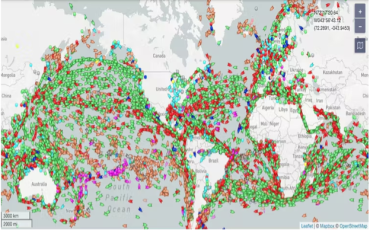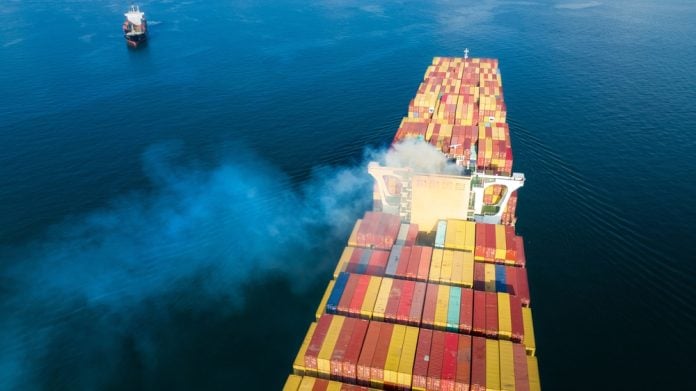Everyone knows global warming is getting worse record-breaking heatwaves and the number of unexpected natural disasters are climbing up each and every day. We need to reduce our carbon footprint as soon as possible! Let’s take a look at the maritime industry’s game plan to reduce CO2 emissions.
50,000 Ships in Motion

Global shipping accounts for about 3% of carbon emissions with 100,000 ships using about 300 million metric tons of fuel annually, and the percentage is expected to rise as other industries address climate change emissions in the coming years.
The industry needs to undergo systemic transformation in order to achieve long-term decarbonization goals, which calls for new types of fuel. Since shipping is an internationally regulated sector, there is a chance to ensure widespread adoption of new fuel types and technologies sectorwide.
The Getting to Zero Coalition

The Getting to Zero Coalition met this week to discuss how to turn the goal of a fully decarbonized maritime industry by 2050 into a workable plan.
The summit, which was held in Copenhagen after two years of virtual meetings, was attended by around 100 representatives from all points along the maritime supply chain.
Participants in the Getting to Zero Coalition seminar last week, worked together to develop an action plan to make dreams of decarbonization a reality for the shipping industry. “Since the coalition’s establishment in 2019, we have come a long way together on our journey to decarbonization in international shipping,” says Johannah Christensen, CEO of Global Maritime Forum.
What’s the Plan?

1. Clean Energy
The first all-electric ferry in Norway has the potential to cut shipping emissions by 95% and costs by 80%.
2. Slowing down speed
A 12% reduction in at-sea average speed leads to a 27% average decrease in daily fuel consumption, and in turn emissions.
3. Modifying Parts
Although largely a short-term solution, incremental steps could be taken to reduce emissions per vessel by as much as 5% per year by modifying current ship construction.
4. Empty Containers
By avoiding moving empty containers, shippers could save up to 30% of pollution cause by cargo ships.
The Coalition’s Call to Action
The workshop signaled the Coalition’s call to action is calling for complete decarbonization by 2050, in addition to its action-focused approach. To meet the overall goal, zero-emission vessel orders all but become the norm by 2030, as there will be large-scale development efforts as well as legislative measures to help facilitate their commercial deployment.




